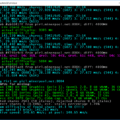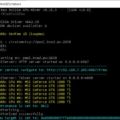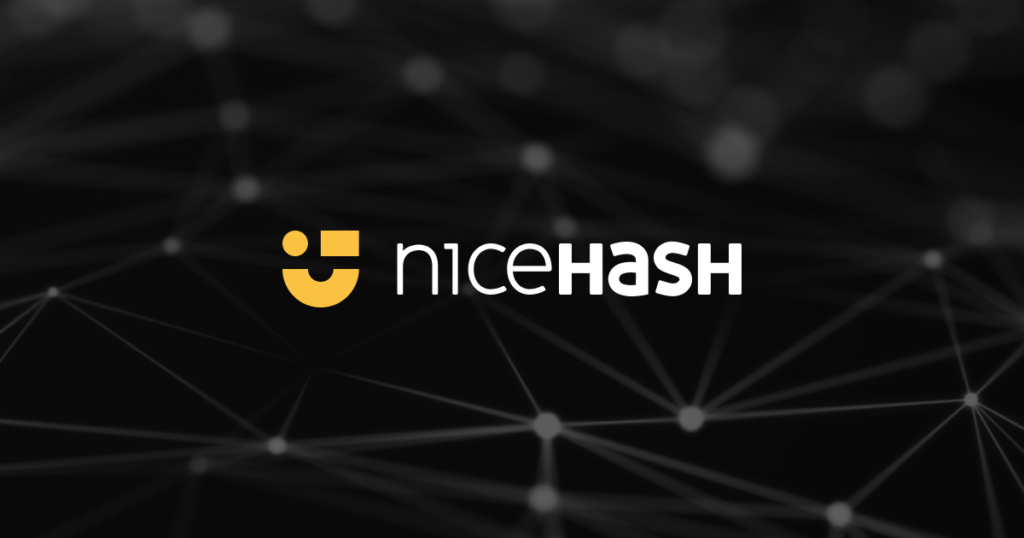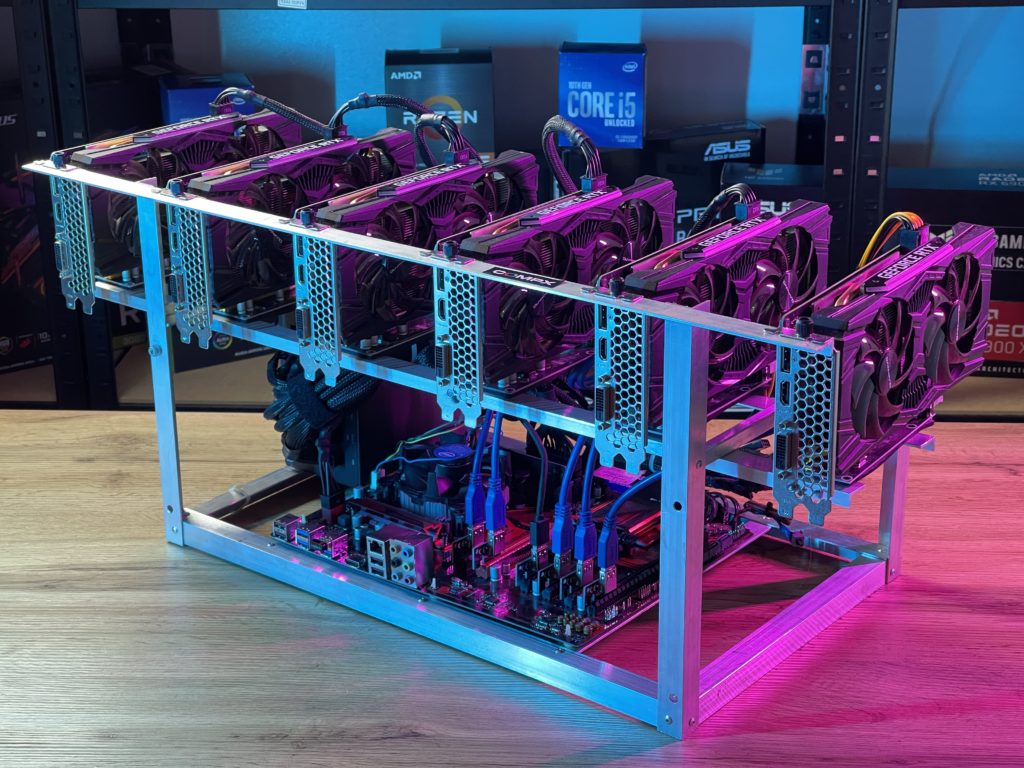It remains only 1 day before Ravencoin (RVN) moves to the new KAWPOW algorithm, and you should probably get ready for mining. To do this, you can try the latest official version of the Kawpowminer 1.2.1 bug fix that supports the new KAWPOW algorithm, which Ravencoin will use for mining after the fork. This release is based on the Progminer ProgPoW miner and is open source and does not require development fees, unlike some other miners that also support the KAWPOW algorithm.
Please note that the binary release of the miner still does not include the necessary Nvidia CUDA libraries, so you also need to install the latest version of the Nvidia CUDA toolkit (or at least the runtime libraries from it).
In addition to the test network pool Minermore RVN, announced with the first release of Kawpowminer, there is now an RVNt pool for testing KaWPOW mining on the BSDO pool. You can use the command line below to test mining in the BSOD pool, just set the WALLET address, and you should be ready to work:
RavenCoin KAWPOW testnet BSOD pool: kawpowminer -U -P stratum+tcp://WALLET.worker@pool.bsod.pw:2638
Please note that the BSOD pool recommends testing with the latest version of Kawpowminer or the latest version of , as other mining programs like and still seem to have some problems that need to be fixed for the correct support of KAWPOW, although they hope that it will be appointed on time, since the fork is expected on May 6, 2020 at 18:00:00 UTC.
The latest version of the Kawpowminer miner is available for download at the links below:
Kawpowminer
Kawpowminer – ethminer fork with ProgPoW implementation
kawpowminer is an ProgPoW GPU mining worker: with kawpowminer you can mine Ravencoin, which relies on an ProgPoW-based Proof of Work thus including Ethereum ProgPoW and others. This is the actively maintained version of kawpowminer. It originates from the project. Check the original implementation and for specification.
- kawpow miner with OpenCL, CUDA and stratum support
Features kawpowminer:
- First commercial KawPow miner software for miners.
- OpenCL mining
- Nvidia CUDA mining
- realistic benchmarking against arbitrary epoch/DAG/blocknumber
- on-GPU DAG generation (no more DAG files on disk)
- stratum mining without proxy
- OpenCL devices picking
- farm failover (getwork + stratum)
- Ethereum-based ProgPoW implementations supported only, doesn’t support previous ethash version or Bitcoin-based forks.
Table of Contents
Changes and Relases:
Install
Standalone executables for Linux, macOS and Windows are provided in the Releases section. Download an archive for your operating system and unpack the content to a place accessible from command line. The kawpowminer is ready to go.
For AMD-only rigs please use the version with -amd tagged , cuda version wouldn’t work for you rig.
If you have trouble with missing .dll or CUDA errors, or report to project maintainers.
Usage
The kawpowminer is a command line program. This means you launch it either from a Windows command prompt or Linux console, or create shortcuts to predefined command lines using a Linux Bash script or Windows batch/cmd file. For a full list of available command, please run:
kawpowminer --help
Examples connecting to pools
Connecting to :
./kawpowminer -P stratum+tcp://<wallet>.worker@rvnt.minermore.com:4505 or
kawpowminer.exe -P stratum+tcp://<wallet>.worker@rvnt.minermore.com:4505
Build
After cloning this repository into kawpowminer, it can be built with commands like:
Ubuntu / OSX
cd kawpowminer
git submodule update --init --recursive
mkdir build
cd build
cmake .. -DETHASHCUDA=ON
make -sj $(nproc)
Windows
Prerequisites:
- Install Visual Studios (2019) (with the additional installation package “C++ Cmake Tools for Windows)
- Install latest perl to C:Perl () Follow the steps outlined and the default perl installtion should work
Building via Visual Studios Command Line:
Open “Developer Command Prompt for VS 2019”
- Open StartMenu and search for “Developer Command Prompt for VS 2019”
- Follow these steps:
cd C:UsersUSER_NAMEPATH_TO_KAWPOWkawpowminer
mkdir build
cd build
cmake .. -DETHASHCUDA=ON
devenv kawpowminer.sln /build
Building via Visual Studios GUI (This build doesn’t seem to work for some 20XX Nvidia cards)
- Open Visual Studios
- Open CMakeLists.txt file with File->Open->CMake
- Wait for intelligence to build the cache (this can take some time)
- Build the project (CTRL+SHIFT+B) or find the build command in the menu
ProgPoW can be tuned using the following parameters. The proposed settings have been tuned for a range of existing, commodity GPUs:
PROGPOW_PERIOD: Number of blocks before changing the random programPROGPOW_LANES: The number of parallel lanes that coordinate to calculate a single hash instancePROGPOW_REGS: The register file usage sizePROGPOW_DAG_LOADS: Number of uint32 loads from the DAG per lanePROGPOW_CACHE_BYTES: The size of the cachePROGPOW_CNT_DAG: The number of DAG accesses, defined as the outer loop of the algorithm (64 is the same as Ethash)PROGPOW_CNT_CACHE: The number of cache accesses per loopPROGPOW_CNT_MATH: The number of math operations per loop
The value of these parameters has been tweaked between version 0.9.2 (live on the Gangnam testnet) and 0.9.3 (proposed for Ethereum adoption). See for details.
| Parameter | 0.9.2 | 0.9.3 | KAWPOW |
|---|---|---|---|
PROGPOW_PERIOD | 50 | 10 | 3 |
PROGPOW_LANES | 16 | 16 | 16 |
PROGPOW_REGS | 32 | 32 | 32 |
PROGPOW_DAG_LOADS | 4 | 4 | 4 |
PROGPOW_CACHE_BYTES | 16x1024 | 16x1024 | 16x1024 |
PROGPOW_CNT_DAG | 64 | 64 | 64 |
PROGPOW_CNT_CACHE | 12 | 11 | 11 |
PROGPOW_CNT_MATH | 20 | 18 | 18 |
KAWPOW_EPOCH_LENGTH = 7500
Maintainers & Authors
The list of current and past maintainers, authors and contributors to the kawpowminer project. Ordered alphabetically. .
F.A.Q
Why is my hashrate with Nvidia cards on Windows 10 so low?
The new WDDM 2.x driver on Windows 10 uses a different way of addressing the GPU. This is good for a lot of things, but not for ETH mining.
- For Kepler GPUs: I actually don’t know. Please let me know what works best for good old Kepler.
- For Maxwell 1 GPUs: Unfortunately the issue is a bit more serious on the GTX750Ti, already causing suboptimal performance on Win7 and Linux. Apparently about 4MH/s can still be reached on Linux, which, depending on ETH price, could still be profitable, considering the relatively low power draw.
- For Maxwell 2 GPUs: There is a way of mining ETH at Win7/8/Linux speeds on Win10, by downgrading the GPU driver to a Win7 one (350.12 recommended) and using a build that was created using CUDA 6.5.
- For Pascal GPUs: You have to use the latest WDDM 2.1 compatible drivers in combination with Windows 10 Anniversary edition in order to get the full potential of your Pascal GPU.
Why is a GTX 1080 slower than a GTX 1070?
Because of the GDDR5X memory, which can’t be fully utilized for ETH mining (yet).
Are AMD cards also affected by slowdowns with increasing DAG size?
Only GCN 1.0 GPUs (78×0, 79×0, 270, 280), but in a different way. You’ll see that on each new epoch (30K blocks), the hashrate will go down a little bit.
Can I still mine ETH with my 2GB GPU?
Not really, your VRAM must be above the DAG size (Currently about 2.15 GB.) to get best performance. Without it severe hash loss will occur.
What are the optimal launch parameters?
The default parameters are fine in most scenario’s (CUDA). For OpenCL it varies a bit more. Just play around with the numbers and use powers of 2. GPU’s like powers of 2.
What does the --cuda-parallel-hash flag do?
@davilizh made improvements to the CUDA kernel hashing process and added this flag to allow changing the number of tasks it runs in parallel. These improvements were optimised for GTX 1060 GPUs which saw a large increase in hashrate, GTX 1070 and GTX 1080/Ti GPUs saw some, but less, improvement. The default value is 4 (which does not need to be set with the flag) and in most cases this will provide the best performance.
What is kawpowminer’s relationship with Genoil’s fork?
was the original source of this version, but as Genoil is no longer consistently maintaining that fork it became almost impossible for developers to get new code merged there. In the interests of progressing development without waiting for reviews this fork should be considered the active one and Genoil’s as legacy code.
Can I CPU Mine?
No, use geth, the go program made for ethereum by ethereum.
CUDA GPU order changes sometimes. What can I do?
There is an environment var CUDA_DEVICE_ORDER which tells the Nvidia CUDA driver how to enumerates the graphic cards. The following values are valid:
FASTEST_FIRST(Default) – causes CUDA to guess which device is fastest using a simple heuristic.PCI_BUS_ID– orders devices by PCI bus ID in ascending order.
To prevent some unwanted changes in the order of your CUDA devices you might set the environment variable to PCI_BUS_ID. This can be done with one of the 2 ways:
- Linux:
- Adapt the
/etc/environmentfile and add a lineCUDA_DEVICE_ORDER=PCI_BUS_ID - Adapt your start script launching kawpowminer and add a line
export CUDA_DEVICE_ORDER=PCI_BUS_ID
- Adapt the
- Windows:
- Adapt your environment using the control panel (just search
setting environment windows control panelusing your favorite search engine) - Adapt your start (.bat) file launching kawpowminer and add a line
set CUDA_DEVICE_ORDER=PCI_BUS_IDorsetx CUDA_DEVICE_ORDER PCI_BUS_ID. For more info aboutsetsee , for more info aboutsetxsee
- Adapt your environment using the control panel (just search
nvrtc64_102_0.dll not found…
Error: The code execution cannot be processed because nvrtc64_102_0.dll was not found.
or
error while loading shared libraries: libnvrtc.so.10.2: cannot open shared object file: No such file or directory
You have to upgrade your Nvidia drivers. Install cuda 10.2.










